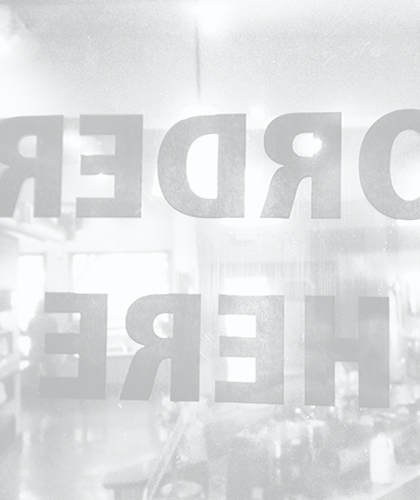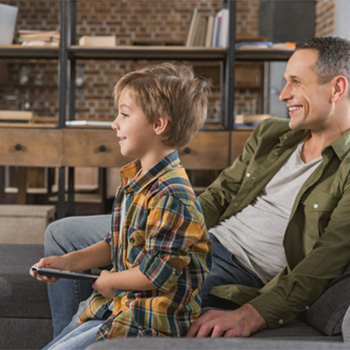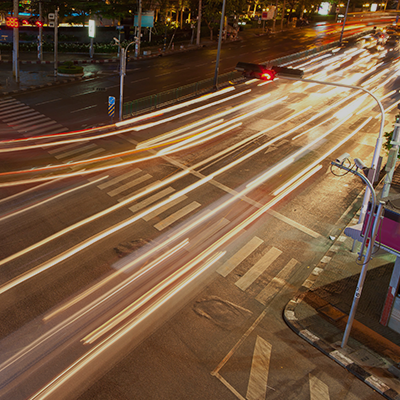
Purchasing behaviors activate emotional centers
Neuroscience shows the emotional centers of the brain (the insula and striatum) are activated during money transactions, loyalty decisions, and when interacting with brands they love. Most consumers decide what to buy on a sub-conscious emotional level and then construct a rationale.

Emotional > Rational
Ad effectiveness studies have shown that ads featuring an emotional appeal are more effective than ads featuring a rational appeal. Just imagine a world of advertising without babies, puppies, and Clydesdales.

Love for brand predicts consumer choices
The affinity that consumers express for a brand has a 70% correlation with their purchasing patterns (e.g., purchasing a product, paying a price premium, recommending it to friends, ignoring competitive alternative, etc.), which is an extremely strong purchase indicator.
Partnered with NBCUniversal Lifestyle Group (Bravo, E!, Oxygen) to understand the role of emotion in viewer engagement and advertiser receptivity. The findings? A compelling story that NBCU Lifestyle TV viewers are more emotionally connected, more likely to be influencers, and significantly more likely to recommend advertisers' products seen on Lifestyle networks than viewers of competitive networks.
Teamed with Colgate to understand the emotional drivers of Hispanic consumers when making oral care decisions. The results? A framework that provided the marketing team insight and direction to develop compelling positioning and communications behind their brands for this key market segment.
Worked with Citi globally to identify the key drivers of love in the banking and credit card industry and to identify the brand’s opportunities to deepen its emotional connection with customers. The outcome? A highly informed brand repositioning that bridged the rational drivers of choice to the emotional drivers of love in the category.



















